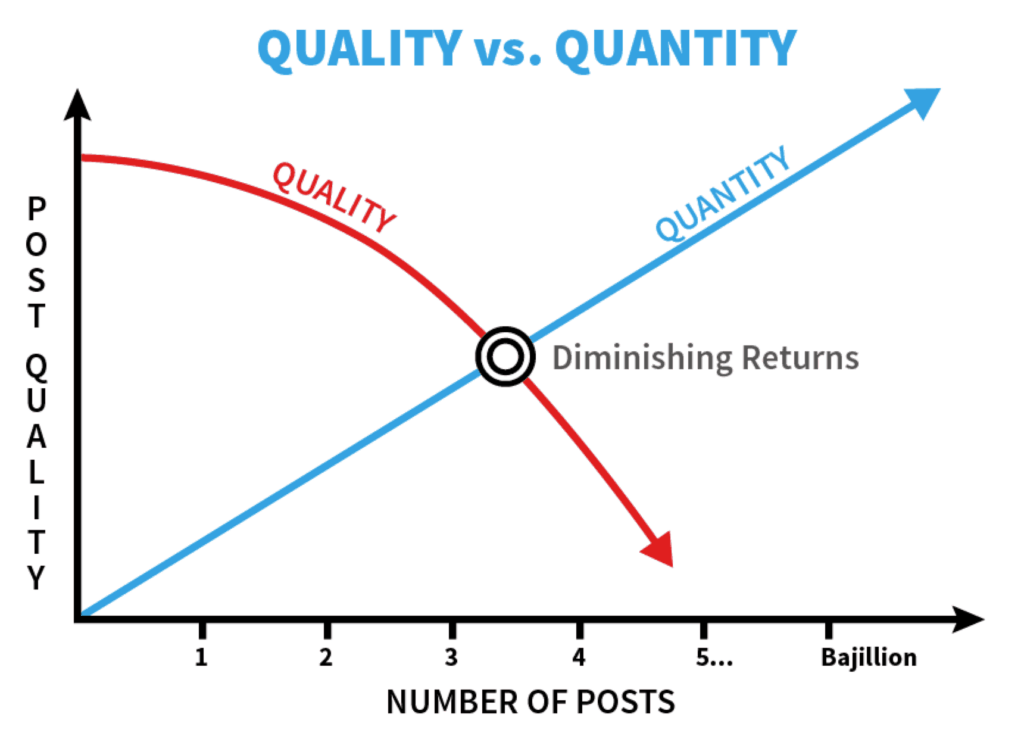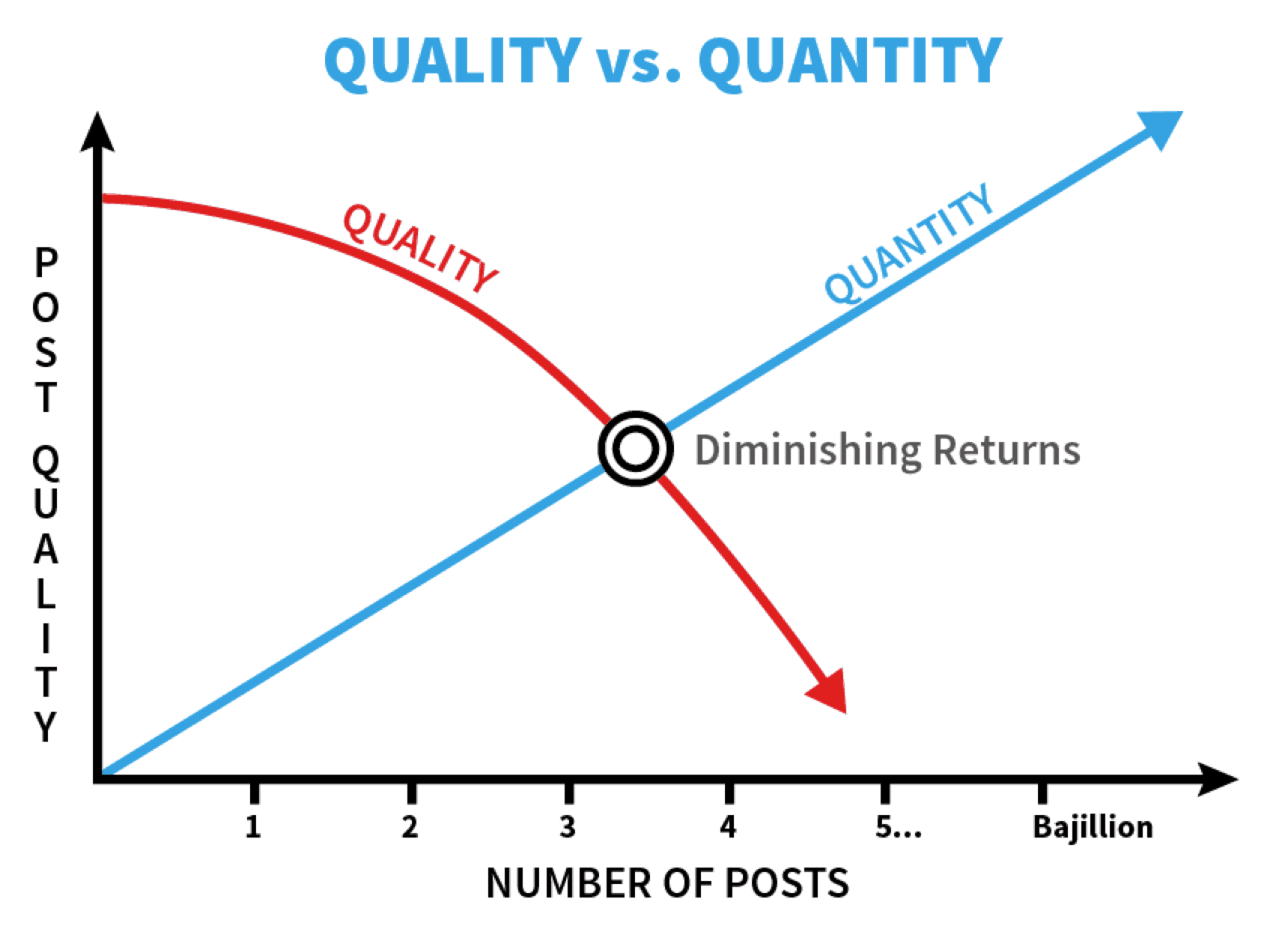
Quantity Time vs. Quality Time: Which Matters More?
In today’s fast-paced world, the debate between quantity time and quality time is more relevant than ever. We’re constantly juggling work, social obligations, and personal pursuits, leaving us wondering if the moments we dedicate to our loved ones – be it family, friends, or partners – are truly impactful. Is it better to spend a lot of time together, even if it’s just passively coexisting, or is it more beneficial to have shorter, more focused interactions? This article delves into the nuances of quantity time and quality time, exploring their individual benefits, drawbacks, and how to strike a balance that works for you and your relationships.
Defining Quantity Time and Quality Time
Let’s start by defining what we mean by quantity time and quality time. Quantity time refers to the amount of time spent with someone, regardless of the activity or level of engagement. It’s about simply being present and available. This could include things like eating dinner together every night, watching TV together, or simply being in the same house.
Quality time, on the other hand, is about focused attention and meaningful connection. It involves actively engaging with the other person, listening attentively, and participating in activities that foster bonding. Examples of quality time include having deep conversations, playing games together, going on outings, or working on a shared project. The key is that both parties feel seen, heard, and valued during the interaction.
The Benefits of Quantity Time
While quality time often gets all the attention, quantity time offers several important benefits. Consistent presence can create a sense of security and stability, particularly for children. Knowing that a parent is reliably there, even if they aren’t always actively engaging, can be incredibly comforting. Routine interactions also provide opportunities for subtle bonding and observation. You might notice a change in your child’s mood, a friend’s body language, or a partner’s stress levels simply by being around them regularly.
- Builds a Foundation of Trust: Regular presence fosters a sense of reliability and dependability.
- Offers Opportunities for Observation: Allows you to pick up on subtle cues and changes in behavior.
- Creates a Sense of Security: Provides comfort and stability, especially for children.
- Facilitates Spontaneous Interactions: Opens the door for unplanned conversations and moments of connection.
The Drawbacks of Quantity Time
However, quantity time can also have its downsides. Simply being present isn’t enough to build strong relationships. If the time spent together is filled with distractions, negativity, or a lack of genuine engagement, it can actually be detrimental. For example, sitting in the same room while everyone is glued to their phones doesn’t foster connection. In fact, it can create a sense of isolation and resentment.
The Power of Quality Time
Quality time is crucial for building and maintaining strong relationships. When you give someone your undivided attention, you’re communicating that they are important and valued. Active listening, empathy, and shared experiences create a deeper bond and strengthen emotional intimacy. Quality time allows you to truly understand the other person’s thoughts, feelings, and perspectives. This deeper understanding leads to increased empathy, compassion, and support.
- Strengthens Emotional Intimacy: Creates a deeper bond and fosters a sense of closeness.
- Enhances Communication: Encourages open and honest dialogue.
- Increases Understanding and Empathy: Allows you to see things from the other person’s perspective.
- Creates Lasting Memories: Shared experiences become cherished memories that strengthen the relationship over time.
The Pitfalls of Only Focusing on Quality Time
While quality time is essential, relying solely on it can also be problematic. If you only prioritize focused interactions and neglect consistent presence, you might miss out on important everyday moments. Relationships are built on a combination of big events and small, everyday interactions. Furthermore, scheduling quality time can sometimes feel forced or artificial, especially if it’s not balanced with spontaneous interactions. You need to find a balance that feels natural and authentic.
Finding the Right Balance: A Holistic Approach
The truth is, neither quantity time nor quality time is inherently superior. The ideal approach involves finding a balance that works for your specific relationships and circumstances. The key is to be intentional about both the amount of time you spend with loved ones and the way you spend that time. Aim for consistent presence, but also prioritize focused engagement when you are together. Consider the needs and preferences of the other person. Some people thrive on frequent interactions, while others prefer fewer, more meaningful encounters.
Here are some practical tips for incorporating both quantity time and quality time into your relationships:
Schedule Regular Family Dinners
Even if it’s just a few nights a week, making time for family dinners creates a consistent opportunity for connection. Put away your phones and focus on engaging in conversation.
Plan Date Nights
Regular date nights, whether it’s a fancy dinner or a simple walk in the park, allow you to reconnect with your partner and focus on your relationship.
Engage in Shared Activities
Find activities that you both enjoy, whether it’s playing sports, cooking together, or volunteering for a cause you care about.
Practice Active Listening
When someone is talking to you, give them your full attention. Make eye contact, put away distractions, and listen attentively to what they are saying. Show genuine interest in their thoughts and feelings.
Be Present in the Moment
When you are spending time with loved ones, be fully present in the moment. Put away your phone, forget about your to-do list, and focus on enjoying the time together.
Create Rituals and Traditions
Establish rituals and traditions that you can look forward to, such as celebrating holidays together, going on annual vacations, or having weekly game nights. These traditions create a sense of belonging and strengthen bonds.
The Importance of Open Communication
Ultimately, the best way to determine the right balance of quantity time and quality time is to communicate openly with your loved ones. Ask them what they need and what makes them feel loved and valued. Be willing to adjust your approach based on their feedback. Relationships are constantly evolving, so it’s important to have ongoing conversations about how you can best support and connect with each other. Quality time and quantity time are both crucial, and consistent communication will help you determine which one your relationships need more of. Remember that the goal is to create a fulfilling and meaningful connection that enriches both of your lives.
Conclusion: Prioritizing Connection
The debate between quantity time and quality time isn’t about choosing one over the other. It’s about recognizing the value of both and finding a balance that works for your unique relationships. By prioritizing consistent presence, focused engagement, and open communication, you can cultivate deeper connections and create lasting memories with the people you care about most. Whether it’s sharing a quiet evening at home or embarking on an exciting adventure, the most important thing is to be intentional about the time you spend together and to make it count. So, embrace both quantity time and quality time, and watch your relationships flourish. Remember, showing up consistently and being truly present are the cornerstones of any strong and lasting bond. Finding the right blend of quantity time and quality time tailored to each relationship will foster stronger, healthier bonds with your loved ones. Make the most of your time, whether it’s abundant quantity time or precious moments of quality time.
[See also: How to Improve Communication in Relationships]
[See also: The Benefits of Spending Time Outdoors with Family]

